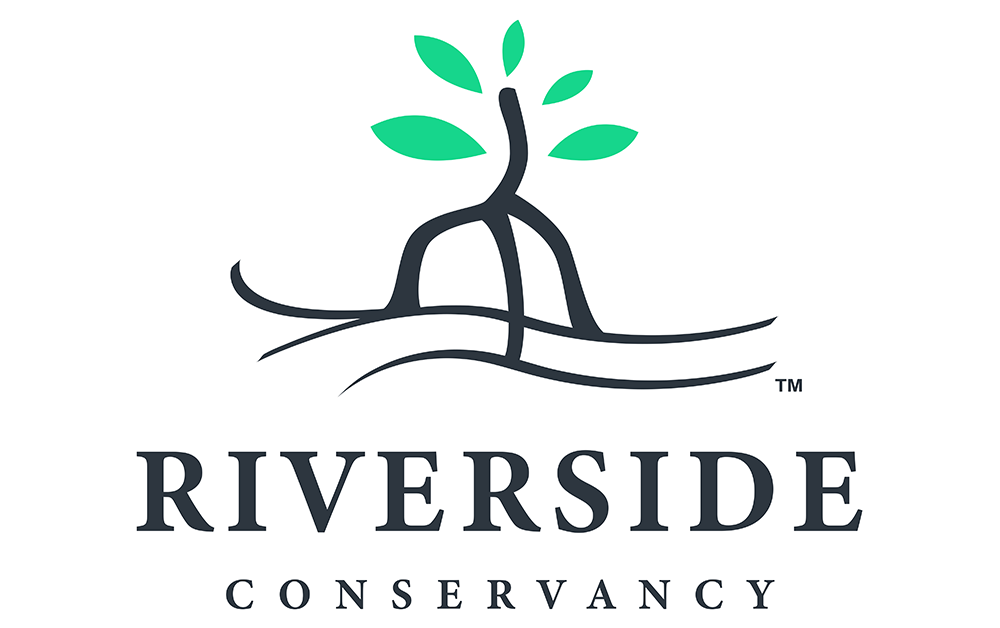By Lisa D. Mickey
Members of Volusia County’s Environmental Management office are regular visitors to the Mosquito Lagoon.
And while a day on the water sounds like a nice diversion from governmental office tasks, Kelly Young and her staff, along with staff from St. Johns River Water Management District (SJRWMD), visit the estuary monthly for water testing at five sites, and bi-monthly for testing at five additional sites.
“Monthly monitoring provides a reasonable amount of data over seasonal variations to allow scientists to calculate trends in the different components of water quality,” said Young, a Volusia County Environmental Specialist III, who manages the data and oversees the county’s water-quality sampling program. “It helps us understand if the water quality is improving, declining or remaining stable.”
The good news is, other than the appearance of algae blooms or fish kills, changes in the lagoon’s water quality don’t tend to be sudden, said Young. Regular monitoring enables scientists to stay current in their data collection and aware of water-quality influences.
Algal blooms and resulting fish kills in the lagoon are occurrences that scientists like Young cannot control; however, when they happen, Young said that she and others refocus their efforts to continue “making reductions in nutrients getting into the lagoon.”
The challenge for the lagoon has been cumulative and long-term water-quality issues related to inputs of various types have been the culprit. Inputs range from stormwater runoff and wastewater discharge to residential, commercial and agricultural fertilizer runoff and inefficient septic tank leakage.
Those inputs have, in turn, impacted algae growth and resulting seagrass die-offs, which have also created trickle-down mortality issues among the lagoon’s manatee population that depends on seagrass for nutrition.
And while it sometimes seems the lagoon and its precious estuarine ecosystem is in dire trouble, Young says there are some positive things happening to provide hope for a healthier and more resilient estuary.
First, Young notes projects reducing nutrient loading “are in place, with some projects completed and some near completion.” These projects are designed to make improvements in water quality by reducing the nitrogen and phosphorus loads that reach the lagoon.
“We hope this will be reflected in our water-quality samples as months go by,” she said.
Secondly, the entities performing water testing are looking at a variety of measurements in all three sections of the Indian River Lagoon – the northern Mosquito Lagoon, the central Banana River, and the southernmost Indian River.
Specifically, they are testing water for such things as nitrogen (ammonia, Kjeldahl nitrogen, nitrite and nitrate), phosphorus, orthophosphate, chlorophyll a, b and c, pheophytin, dissolved oxygen, pH, temperature, salinity, total suspended solids, turbidity, chloride, sulfate and occasionally for metals.
In addition to the testing conducted by Volusia County and SJRWMD, the Florida Fish & Wildlife Conservation Commission also performs periodic sampling of algae for Harmful Algal Bloom (HAB) analysis -- looking for red tide and other algal concerns. Those tests are conducted throughout the length of the lagoon, as well as north into Duval County.
The various water-testing groups meet monthly to discuss HAB locations and patterns of algal movements. In addition, the Florida Department of Environmental Protection (FDEP) takes all gathered data from monitoring to determine if the documented values meet the standard values for a healthy estuary.
One of the steps Volusia County’s Environmental Management office has taken to communicate its work to stakeholders is through a published annual report called the Mosquito Lagoon Reasonable Assurance Plan (RAP). This comprehensive report details water-quality monitoring, water-quality improvement projects, and water-quality and seagrass assessment.
“A Reasonable Assurance Plan was established for the lagoon when it was discovered that the lagoon water quality was in decline,” said Young. “This plan allows stakeholders to make changes to existing stormwater and septic infrastructure to lessen the amount of nutrients entering the lagoon -- improving water quality and habitats.”
Young is not a scientist prone to optimistic hyperbole, but she did share some positive findings in recent lagoon water-quality testing.
One area for improvement has been that the total nitrogen levels are testing below threshold levels in all three sections of the lagoon.
“This is very good news,” she said.
However, the balancing act is that total phosphorus is slightly above threshold levels, as well as chlorophyll-a levels, particularly in the southern region of the lagoon.
“We’ll keep watching this to see if hopefully the lower total nitrogen levels affect the chlorophyl-a levels,” she added. “It makes me wonder if something other than total nitrogen and total phosphorus are fueling the growth of algae? And do warming temperatures make a difference?
Young also notes that water clarity – or lack of turbidity – is a “great indicator of good water quality,” which is a factor that has been documented this year.
Sections of the lagoon closest to inlets tend to flush water more than sections farther away from moving ocean water. The lagoon’s southern section experiences more periodic algal blooms than the central or northern sections, but scientists have learned how to anticipate those conditions.
“Patchy [algal] blooms are actually frequent and relatively short-lived, so it’s not terrible when they happen,” said Young. “But they can be bad when they are severe like the brown tide we experienced in 2011 and 2012.”
Even as the dog days of summer wear on and potential tropical storms with massive amounts of rainfall can change the lagoon’s salinity and chemical content, Young says these are typical factors that have historically affected the lagoon less than modern times with greater human-caused inputs.
“It took a long time for the lagoon to get to this point today – with increased nutrients and chlorophyll – and it will take time to correct it,” said Young. “It’s not a quick process, but there are multiple projects in the works by stakeholders for making improvements to the lagoon.”

